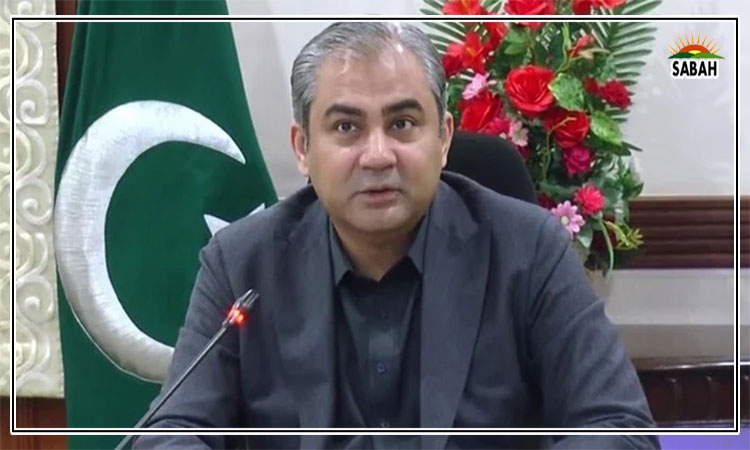The next monsoon…Naseer Memon
WITH the monsoons approaching, there is reason to feel concerned. Preoccupied with the political melodrama, few of us recall the plight of the millions of flood-affected. Their tribulations after last years calamitous deluge, especially in Sindh, have not ended and the rainy season is once again looming. Although weather pundits expect a drier monsoon in southern Pakistan this year, climate change is all about extreme and unpredictable weather events.
Rescue and relief are the two most important pillars of any disaster-response strategy. Last year, both were lacklustre, and displayed four main gaps. There was no early warning and no transport arrangements to evacuate stranded families; pumping machines were mostly non-functional and unable to drain rainwater; and relief camps couldnt be mobilised fast enough to be able to provide for shelter, food, water and sanitation initially.
The number of displaced people mounted every day and the administration was unable to cope. Local philanthropists, relatives, friends and a few patches of dry elevated road and dykes were the last resort for the uprooted. It was only belatedly that government departments, international NGOs, religious charities and some compassionate elected representatives acted.
The towns of Johi, Mehar, Dadu, Bhan Syedabad, Jhudo, Dighri and Umerkot in Sindh were saved through coordinated efforts led by local communities with the assistance of elected representatives and the irrigation department. Still, over 10m endured a nightmarish situation. Sindh lost more than 1,000 people, around 2m houses, 450,000 cattle heads and 3.7m acres of crop land. The Post Disaster Needs Assessment report revealed that poverty in Sindh would increase by between 8.9 and 9.7 percentage points. Of the total loss and damage sustained, Sindh bore the brunt (72 per cent).
The Sindh government, with meagre federal support and international aid, is undertaking reconstruction and rehabilitation in the affected areas. Major breaches and relief cuts in the flood protection network and roads have been plugged and dykes improvised. However, communities in Mehar taluka (Dadu) are anxious about the unrepaired breaches of the Suprio bund. Parts of Thari Mirwah in Khairpur Nathan Shah, Odero Lal in Matiari and some other areas are suffering from protracted inundation.
Enhancing the drainage capacity of the Manchhar lake from 10,000 to 52,000 cusecs through the under-construction Aral head regulator and the reinforcement of the Manchhar Containing Bund are significant initiatives of the World Bank-financed Sindh Flood Emergency Rehabilitation Project of the provincial government. The reconstruction of houses and livelihood restoration projects are at an early stage. But, if properly implemented, these projects can generate climate-resilient infrastructure in rural areas, where over half the katcha houses and a rickety community infrastructure are victims of climate shocks.
Before the onset of the next monsoon, district-level flood contingency plans must be developed and implemented through meaningful engagement with local stakeholders. The plan should include preparedness for emergency evacuation, well-equipped relief camps, food and medicine stockpiles, unobstructed municipal and irrigation drains, functional pumping stations with power back-up, and arrangements for people needing special focus, such as pregnant and lactating women, newborns and toddlers, the elderly, the disabled and socially ostracised segments. These short-term measures can help if disaster returns, although sustainable solutions need long-term measures.
Sindh is a vast sink for upstream flows. Because of its flat topography, it needs a storm-water drain network on both sides of the Indus. This is a complex task, as major irrigation effluent drains like the LBOD and RBOD have not delivered. Torrential flows from the catchment area of the Kirthar hills in Sindh and Balochistan need a multidimensional flood management plan that includes small reservoirs, relief channels connected to the Indus and the safe diversion of floodwaters to the river via Manchhar. As a first step, the capacity and geographic coverage of these drains should be increased.
Blocked natural waterways are another menace. Canals, roads, villages, cropland and encroachments have clogged natural flow paths. While everyone wants these cleared, the road to remove these obstructions is itself stymied. Strong political will is required to dilate the waterways.
Most importantly, new public and private infrastructure should have resilience parameters. Settlements, houses, schools, dykes, roads, hospitals, etc, need climate-resilient engineering and sociology. Finally, local bodies have to be empowered to act as first responders to disaster.
Courtesy Dawn












